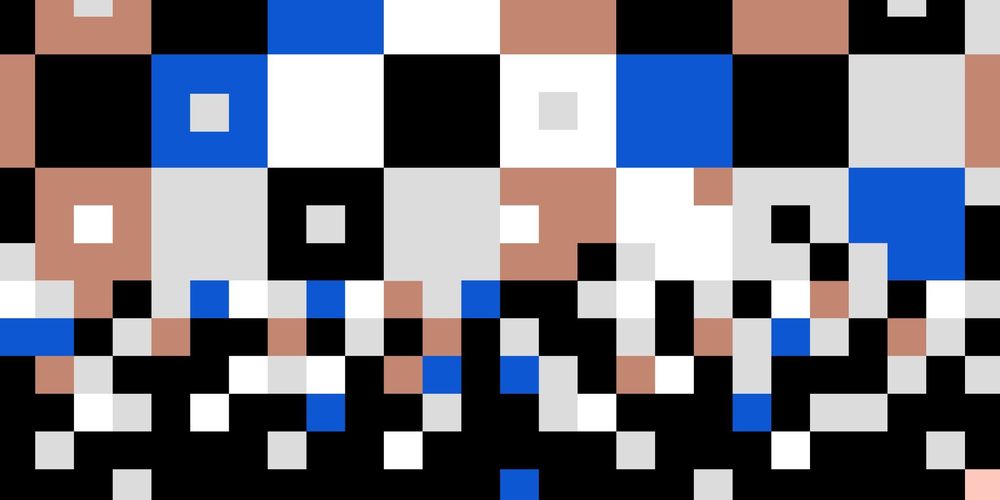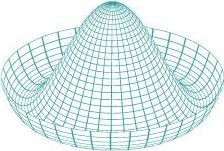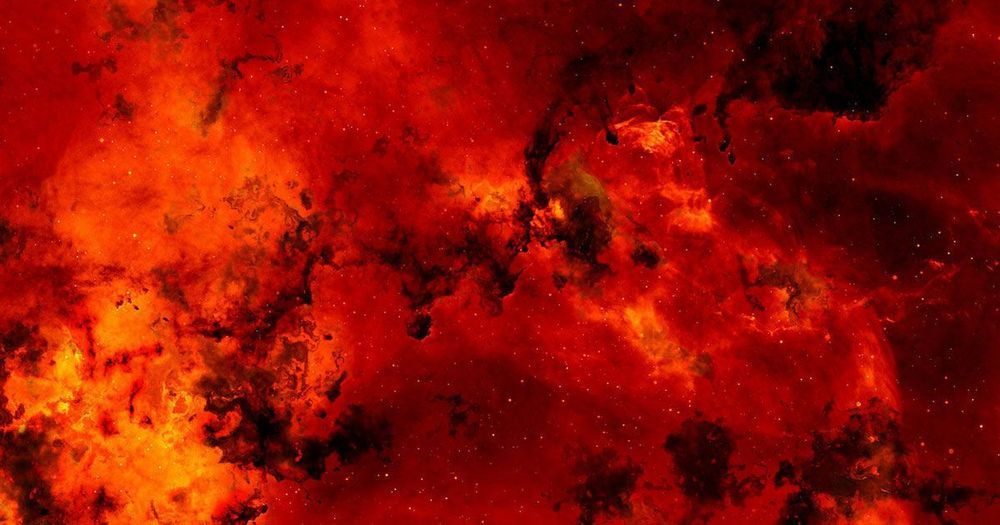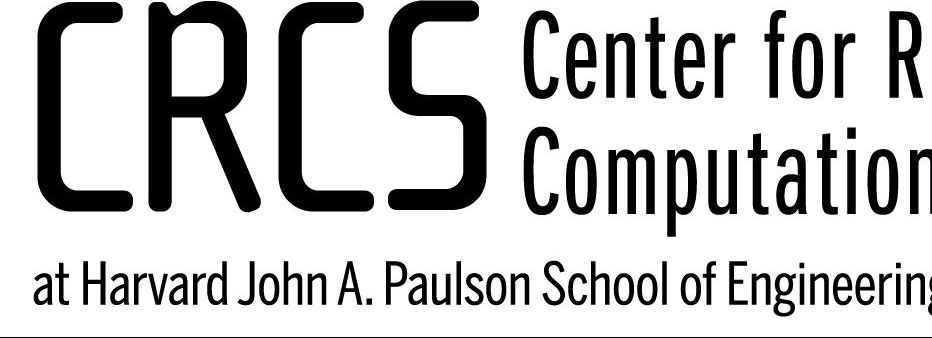Great Scott!





Polly takes a trip to Oregon USA to meet up with Charles Greenwood and take a spin in his human powered car.
For more fantastic gadget reviews, future tech previews and all your favourite The Gadget Show moments, subscribe to our Official Channel: http://bit.ly/1PVGkoy

I understand how a prism works and how a single raindrop can scatter white light into a rainbow, but it seems to me that in normal atmospheric conditions, we should not be able to see rainbows.
When multiple raindrops are side-by-side, their emitted spectra will overlap. An observer at X will see light re-mixed from various originating raindrops. The volume of rain producing a rainbow typically has an angular diameter at least as wide as the rainbow itself, does it not?




A remarkable new study from scientists at Stanford University has revealed thousands of previously undiscovered small proteins produced by bacteria in the human microbiome. Almost all of these newly described proteins serve unknown functions in the human body and the researchers suggest their discovery opens up a new frontier for future therapeutic drug development.